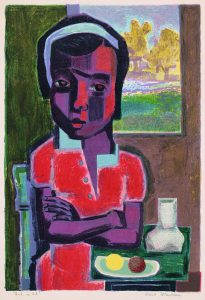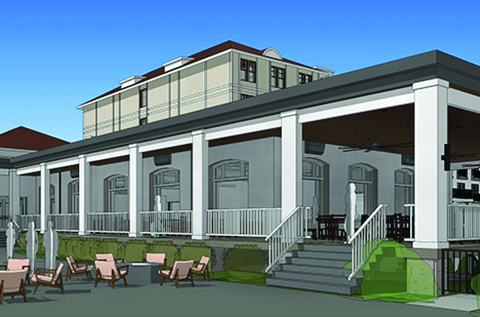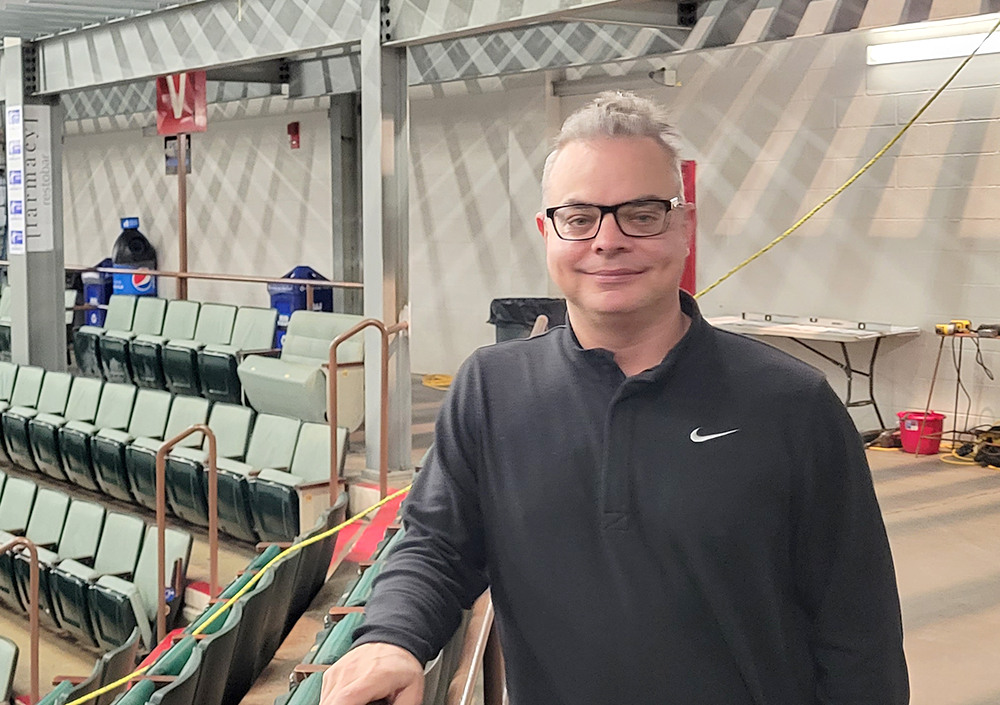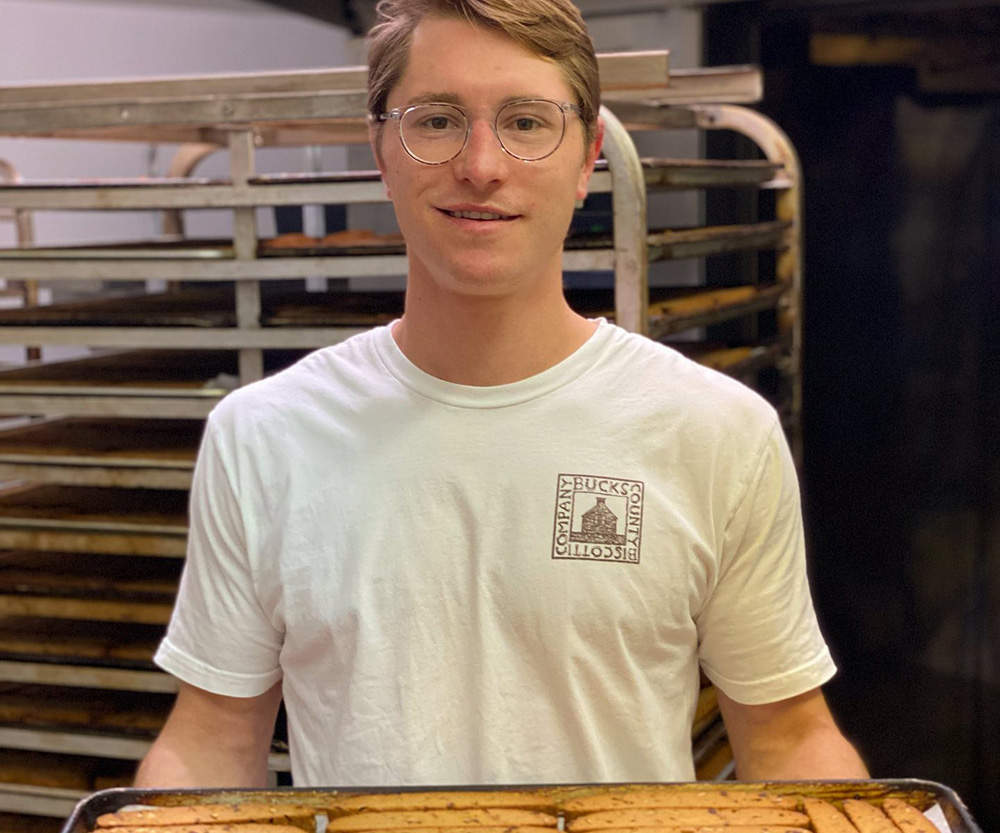
Courtesy The Hyde
The life and works of influential Black artist and master printer Robert Blackburn (1920-2003), whose innovation and expertise with the medium helped define the overall aesthetic of the American graphics “boom,” is highlighted in the new Smithsonian exhibition at The Hyde Collection.
The exhibit runs through April 24.
“Robert Blackburn & Modern American Printmaking,” is curated by Deborah Cullen and organized by the Smithsonian Institution Traveling Exhibition Service (SITES) in cooperation with the Trust for Robert Blackburn and The Elizabeth Foundation for the Arts’ Robert Blackburn Printmaking Workshop Program.
Blackburn was a key artist in developing printmaking in the United States. He became known as an influential teacher and master printer, engaging with avant-garde artistic ideas while promoting a new collaborative approach to a traditional medium. The exhibition traces Blackburn’s artistic evolution alongside the original prints of other iconic 20th-century American artists with whom he collaborated.
“For more than five decades, Robert Blackburn ran a workshop open to everyone. His printmaking knowledge and skill were legendary, and his generosity opened printmaking to generations of artists from around the world,” said Jonathan Canning, The Hyde’s director of curatorial affairs and programming. “At the same time, he was deeply connected to Black artistic circles including the Black Arts Movement of the 1960s and 1970s.”
Blackburn was born to Jamaican immigrants on December 10, 1920, and raised in Harlem, New York, during the Harlem Renaissance, an unparalleled flourishing of the arts, centered in New York City’s creative black community. The arts were considered crucial to society’s well-being and a fertile medium for activism, and these values resonated with Blackburn throughout his life and work.





 Glens Falls National Bank and Trust Co. announced the appointment of Kasey Norton, assistant vice president and branch manager, to the South Glens Falls Office.
Glens Falls National Bank and Trust Co. announced the appointment of Kasey Norton, assistant vice president and branch manager, to the South Glens Falls Office.

